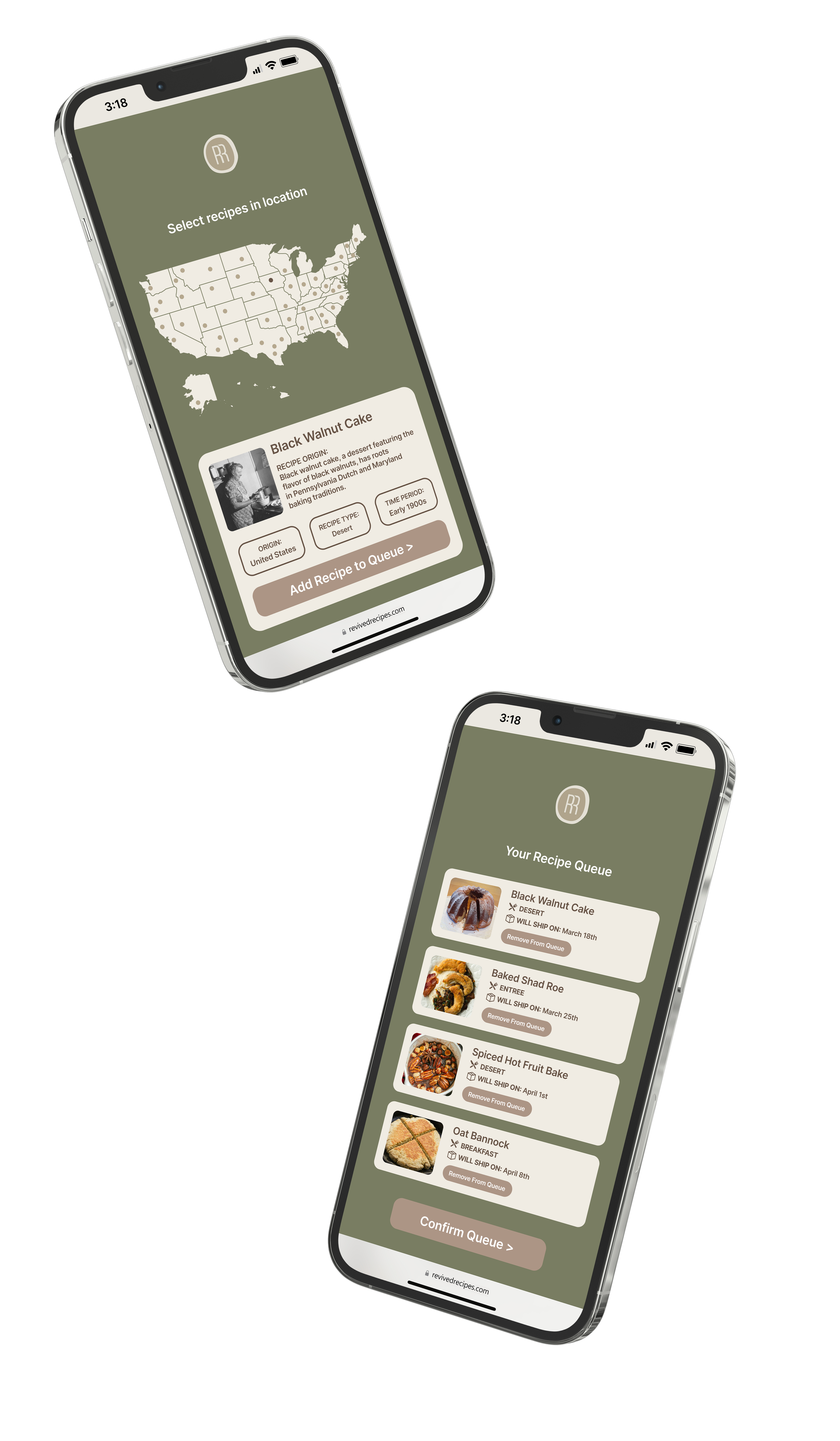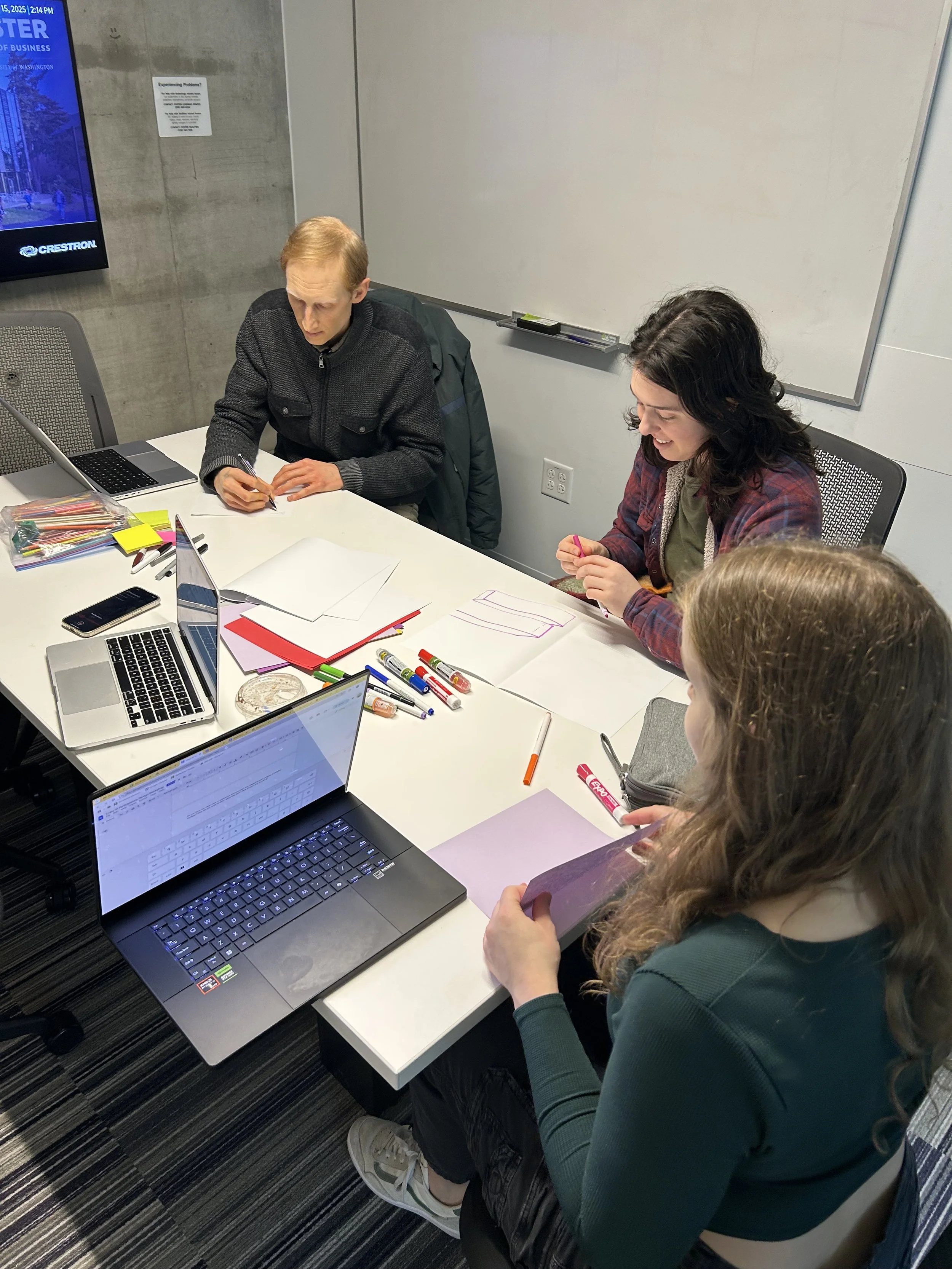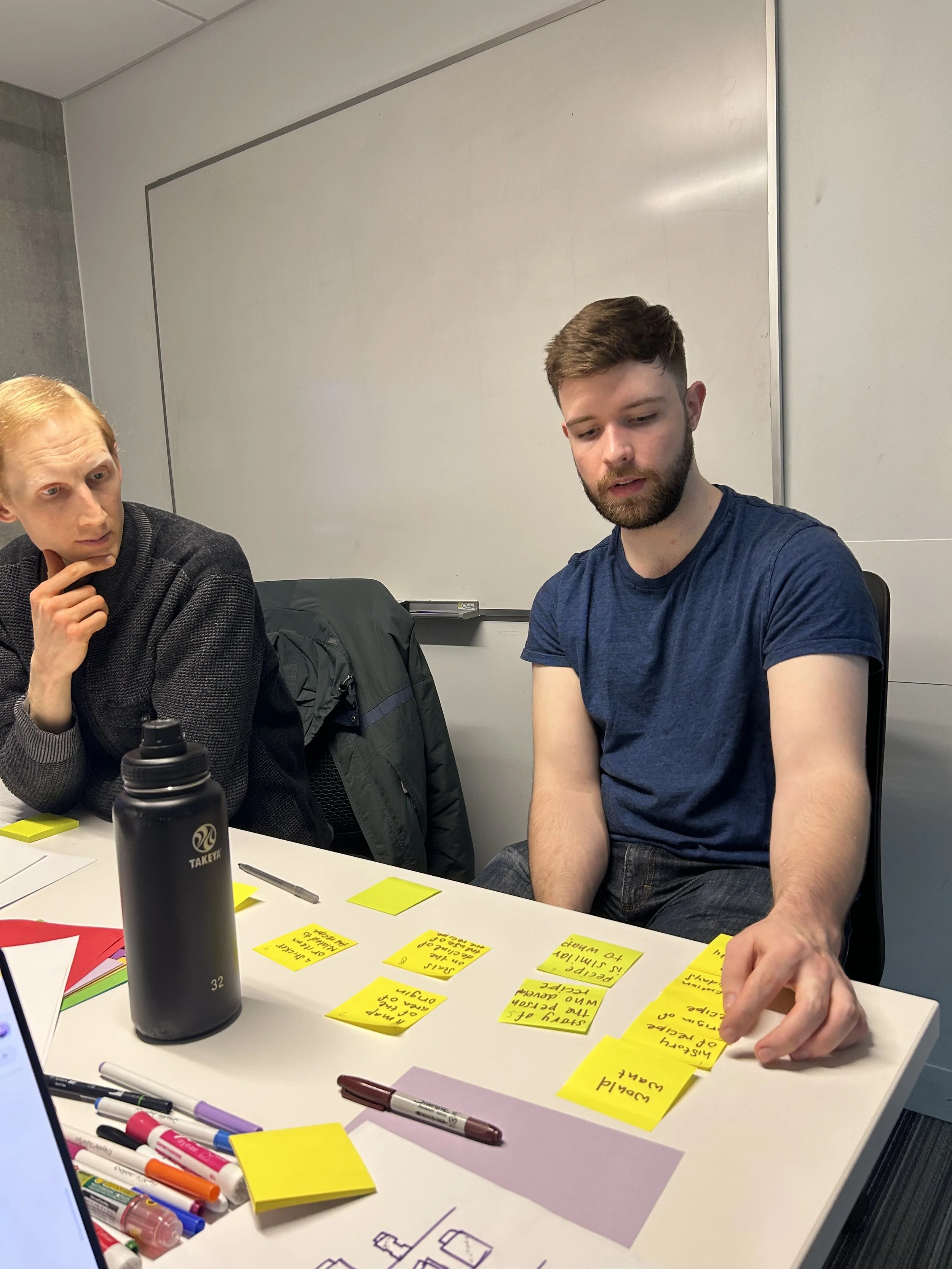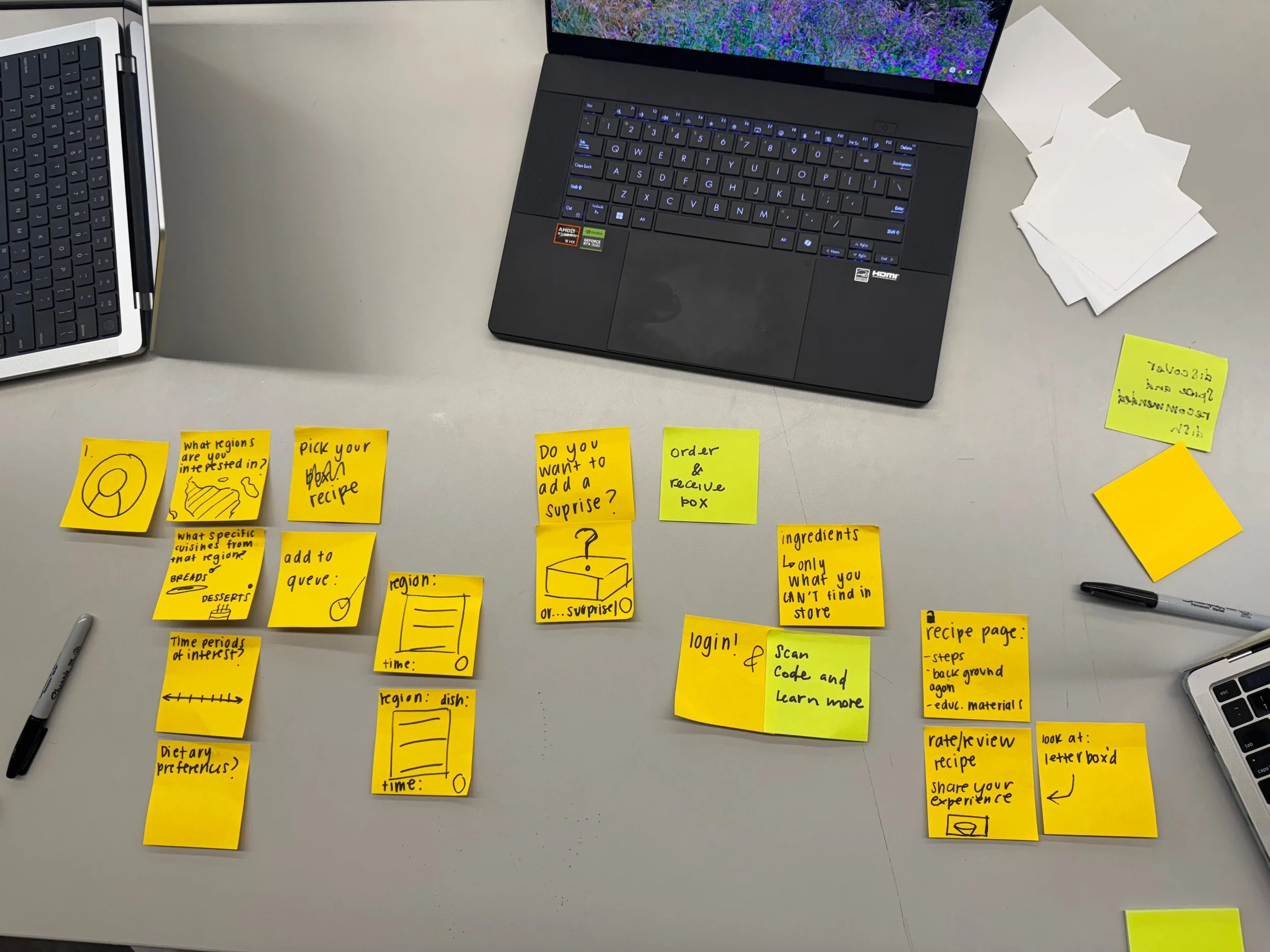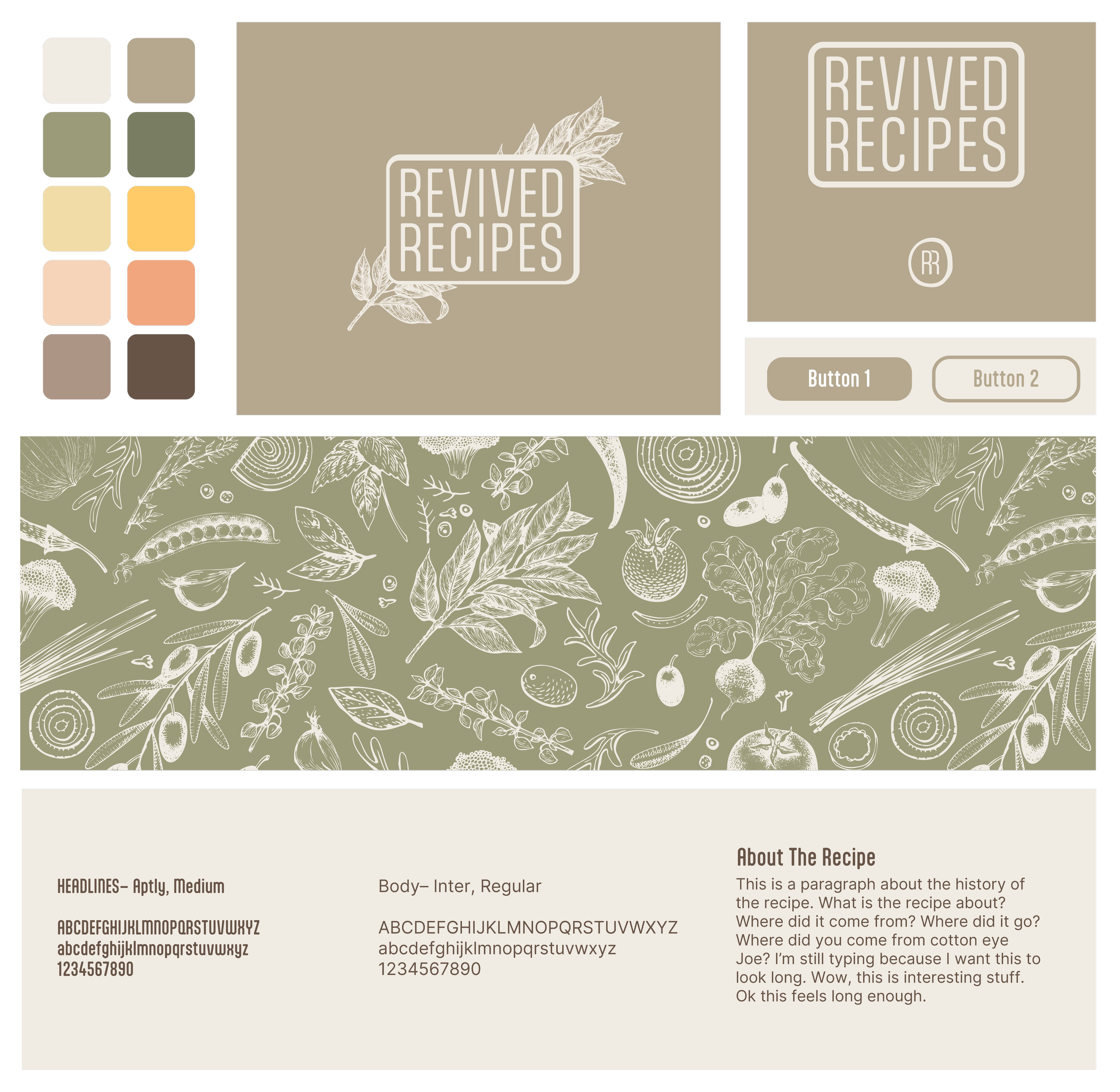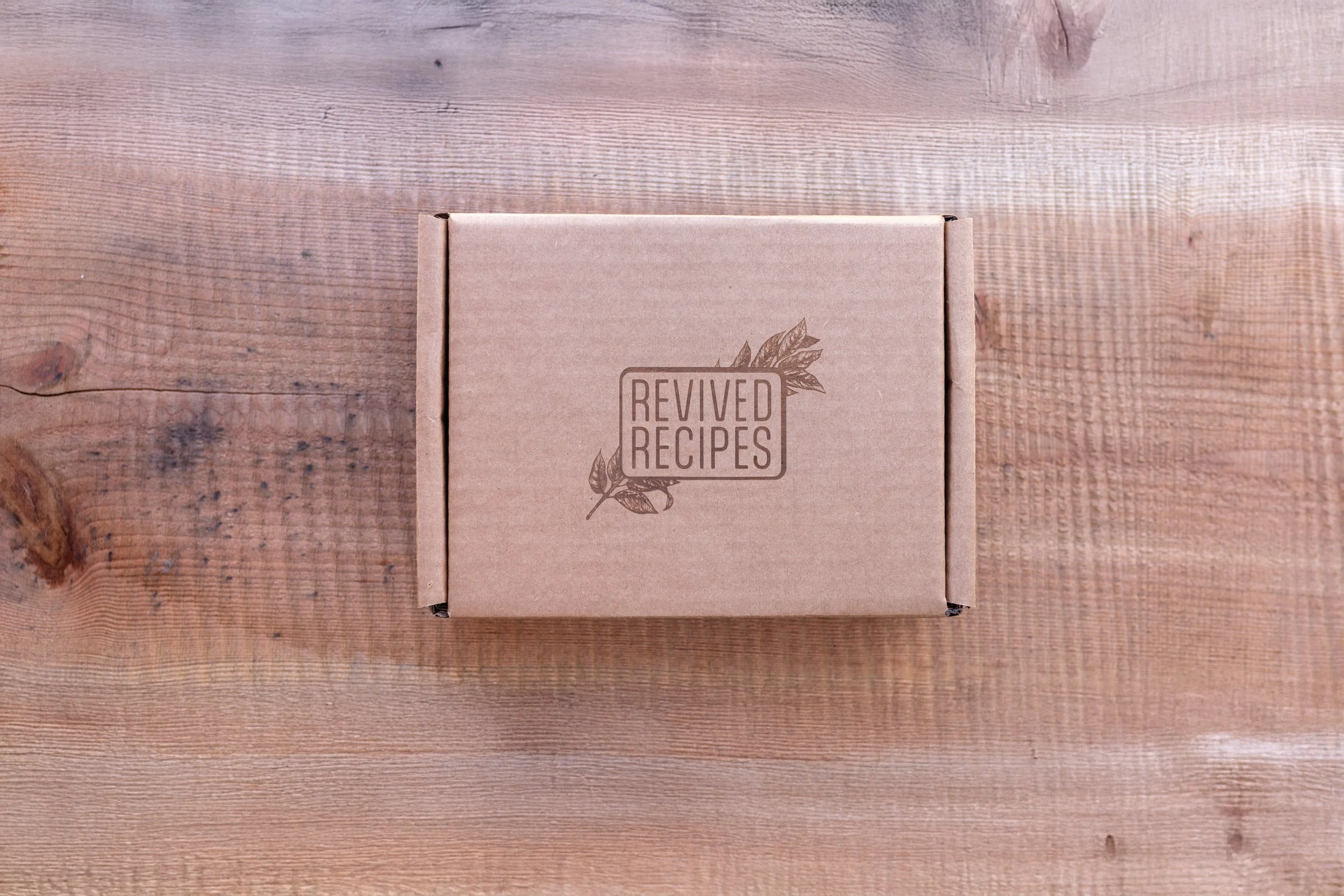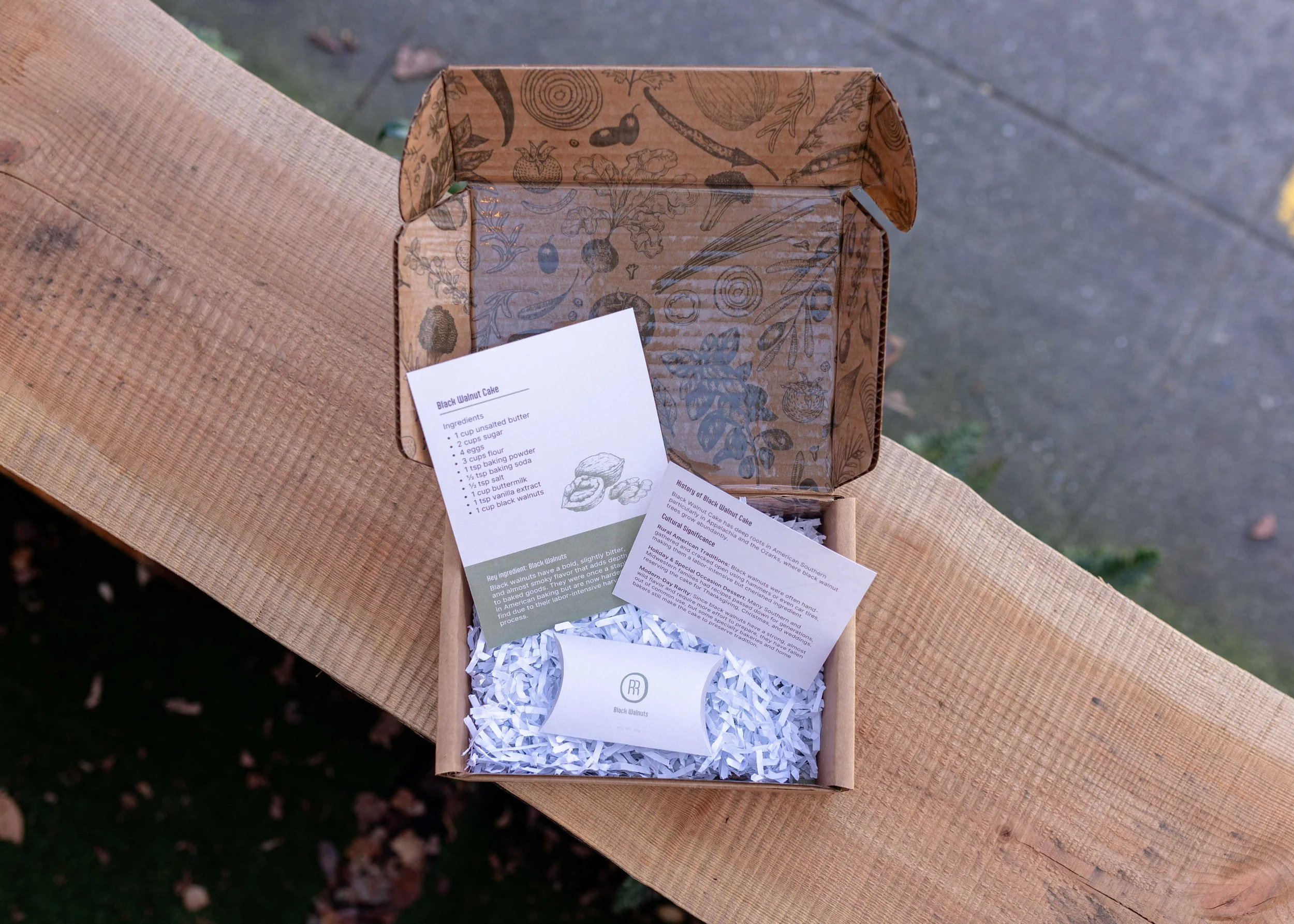Revived Recipes
Using design and research to connect people with heritage through lost recipes.
Project Overview
Problem:
Many traditional recipes have faded over time, lost to changing food trends, cultural shifts, and forgotten family traditions. My team and I wanted to bridge the past with the present by reviving these recipes through storytelling and design.
Solution:
A research-driven design project that explores the heritage of lost recipes, visually reimagining them to celebrate their cultural significance and make them accessible to new generations.
Impact:
A completed case study that showcases the historical importance of these dishes while providing a fresh, modern presentation.
My Role:
User Research, UX/UI Design, Branding, Visual Design, Storytelling
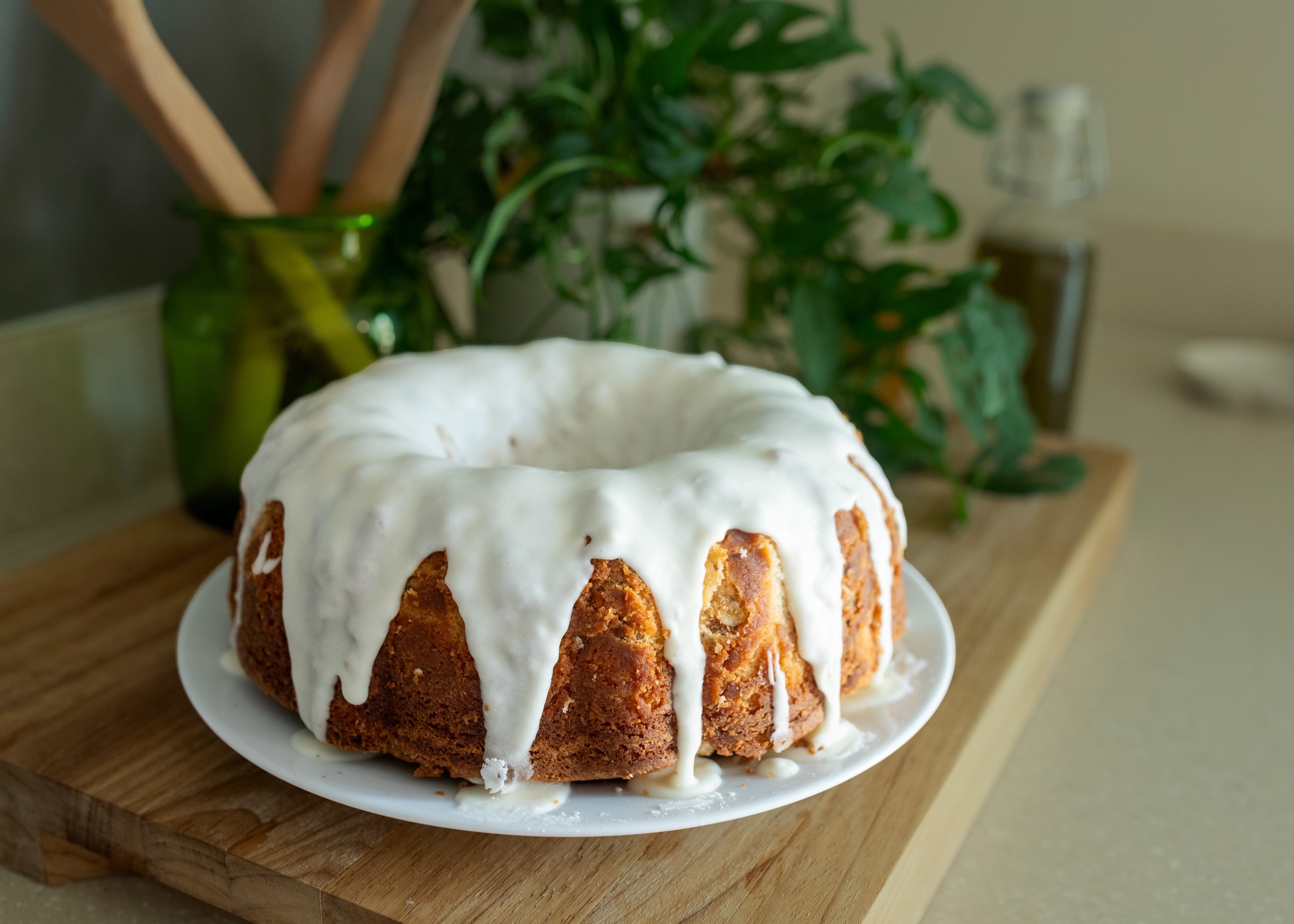
Project Details
Food is more than sustenance. It carries history, tradition, and identity. Yet, many recipes that once defined cultures and families have faded over time, lost to changing tastes and forgotten traditions.
Revived Recipes seeks to bridge that gap, bringing these dishes back to life through research, design, and storytelling. By exploring historical and family recipes, this project reimagines the way food connects people to their heritage.
As a designer passionate about storytelling through visuals, I took on the challenge of creating a project that preserves culinary history while making it accessible to modern audiences.
Participatory Workshops
Our team conducted a participatory workshop to explore how people engage with forgotten recipes, cultural food traditions, and tools for learning and sharing. Participants shared insights about their cooking habits, experiences with spices, and preferences for discovering and preserving recipes. These conversations revealed that most people rely on a core set of spices, adding new ones only when a recipe requires them. While many found heritage-based kitchen tools interesting, they only valued them if they served a practical purpose rather than being purely decorative. Convenience and functionality often took precedence over curiosity and exploration in cooking habits.
When it came to historical and cultural context, participants preferred broad narratives about food traditions rather than personal anecdotes. Many were particularly interested in the socioeconomic history of a dish, how it evolved over time, and the different ways various social classes used the same ingredients. Maps and regional origins were highly engaging, offering a tangible way to connect with forgotten recipes.
In terms of engagement, most participants expressed interest in a monthly or bi-monthly subscription model rather than a weekly service. Physical recipe cards were preferred over fully digital formats, as they offered a more tactile and immersive experience. Many participants liked the option of receiving a key spice or a small relevant tool with their recipes, though they wanted the flexibility to choose what was included. While they appreciated user-generated content, they preferred it in a structured, bulletin-board format rather than a traditional social media feed.
Digital interaction preferences varied, but many found a map-based or timeline navigation system appealing for exploring recipes and food history. Some participants were interested in tracking received spices or tools digitally, while others leaned toward a more hands-on approach. Gamification elements, such as badges or leaderboards, did not resonate strongly, though visual and interactive content like cooking demonstrations and historical reenactments added value.
These insights shaped Revived Recipes, ensuring the project would not only preserve forgotten culinary traditions but also make them accessible and meaningful to a modern audience.
Branding + Visual Design
For Revived Recipes, I wanted the branding to feel both timeless and approachable. The earthy color palette draws from natural ingredients and aged paper, evoking warmth and nostalgia. I strove to find the connection between history and food while keeping the design fresh and inviting. My goal was to create a visual identity that feels grounded in the past yet relevant today, making forgotten recipes accessible and engaging.
Lessons Learned +
Moving Forward
Going into this project, I knew Revived Recipes would be a challenge. I did not realize how deeply it would connect design, storytelling, and cultural heritage. This project pushed me to think beyond aesthetics and consider the emotional weight food carries. Researching lost recipes and hearing personal stories showed me that food is more than nourishment. It holds memory, identity, and history.
I learned the value of working in community. Conversations with people shaped the project in ways I could not have done alone. Listening and adapting were just as important as designing. User interviews, workshops, and feedback taught me that meaningful work happens through collaboration.
I am proud of what I created, but this is just the beginning. There are more stories to tell and recipes to revive. This project reminded me why I love design. It is always evolving, shaped by people and their experiences. I hope this work inspires others to reconnect with their own food traditions.
